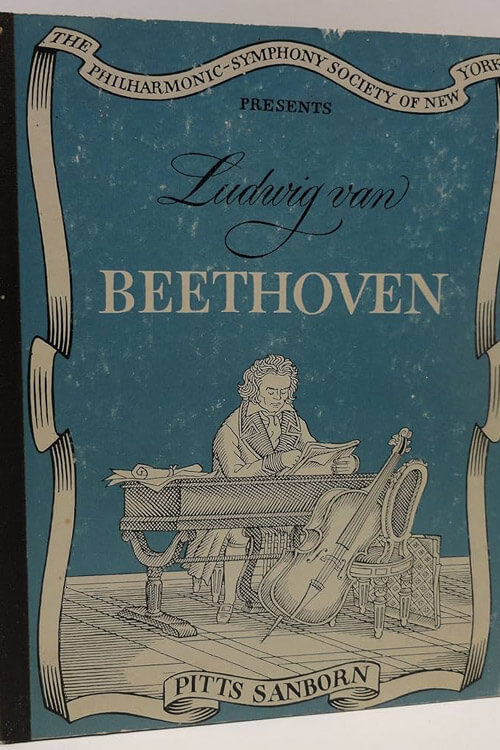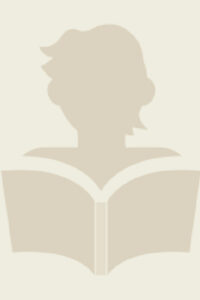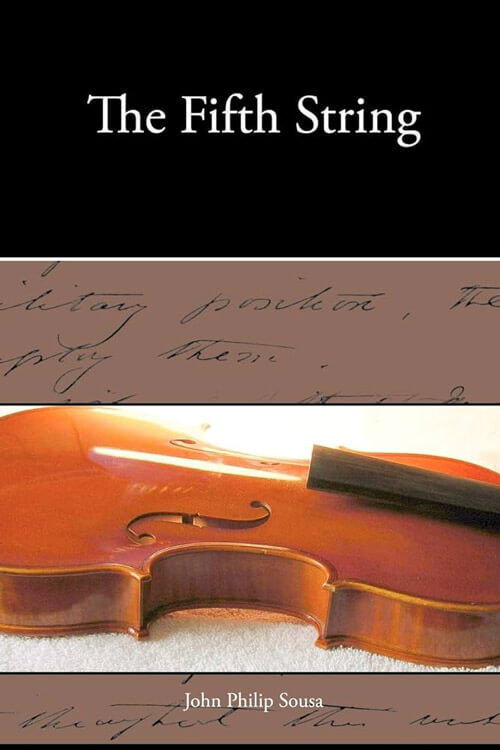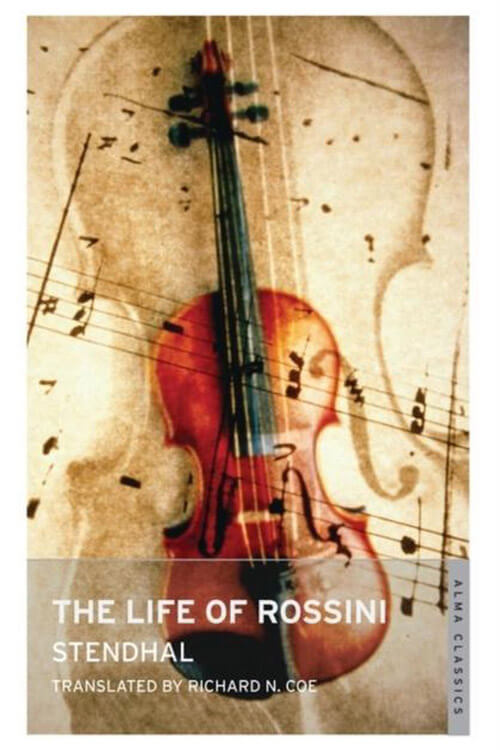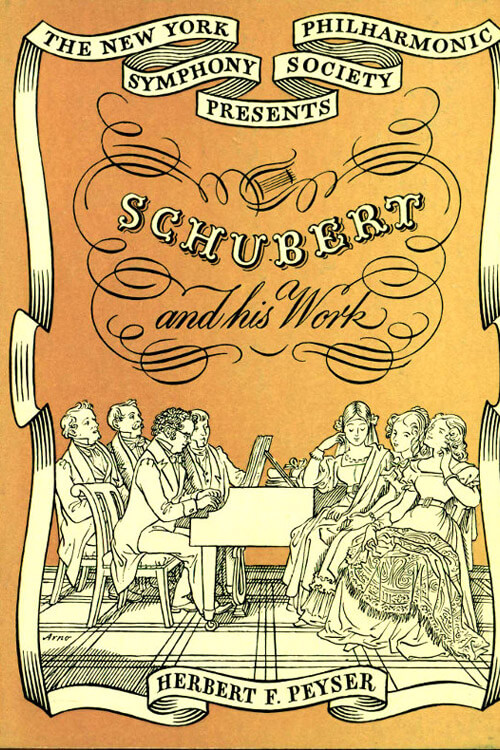
Ludwig van Beethoven
It was Beethoven’s first ballet score and preceded by some years his far more pretentious Creatures of Prometheus, written in Vienna to a scenario by the noted dancer Salvatore Vigano.
The vocal compositions of this early period are not, perhaps, of conspicuous quality. Beethoven’s best-known song and his most famous (though not the best) is the setting of Matthisson’s Adelaide—more a cantate than what we have come to classify as a genuine lie. Considerably later, he was to write the cycle An die ferne Geliebte, which, together with some of his settings of Goethe poems and the stark but majestic Die Ehre Gottes aus der Natur, may pass as Beethoven’s most memorable achievements in the province of the solo song. To his Bonn days, however, belongs a genuine cantata, composed in 1790 on the death of Emperor Joseph II. This work survives chiefly because one of its finest pages was later utilized in the last scene of Fidelio, into which it fits admirably.
Three years before the First Symphony, Beethoven began the first orchestral score he decided to publish. This was the B-flat Piano Concerto, which, though we know it as No. 2, opus 19, actually preceded the one in C major, opus 15. The composer performed it for the first time on March 29, 1795, on the occasion of his first appearance “as virtuoso and composer” before the Viennese public. It had been announced that he would play “an entirely new concerto” on this occasion of the first two annual concerts to benefit the Tonkünstler Society widows. Following the lead of Nottebohm, Thayer felt confident that this “new” concerto was the one in B flat. Beethoven was tardy in completing it, and we are told that two days before the concert, the Rondo was not yet on paper. Despite illness, he wrote it out at the eleventh hour while four copyists sat in the next room and were handed the piece, sheet by sheet, as soon as the music was set down.
We know as good as nothing of the public reaction to the work. However, we know that the composer was far from satisfied with it and revised the score before playing it in Prague in 1798. At that, he confided to the publisher, Franz Hoffmeister, that he “did not consider it one of his best.” The first movement has a vigorous and arresting theme, followed by a tranquil, songful one. Some of the cantabile phrases that follow have a rather Mozartean character. The Adagio begins with a devout, rather hymnlike melody, on which the piano subsequently embroiders. The Finale, a rondo with a playful recurrent theme suggestive of Haydn, contains a second lilting melody and another partly syncopated, which, though minor, does not lessen the movement’s high spirits.
Read or download Book
Pitts Sanborn
Pitts Sanborn (1879– March 7, 1941) was born John Pitts Sanborn in Port Huron, Michigan. He dropped the “John” for most of his professional career. After graduating from Harvard in 1900, he became a music critic, writing for the New York Globe, New York Mail, and New York World-Telegram. As a poet, he was published in Trend, for which he served as an editorial staffer beginning in 1914. As a novelist, one New York Times critic called his 1929 novel Prima Donna “an amazing achievement; nothing quite like it has been done in this country before.” He put Sanborn in the same league as Willa Cather, Edith Wharton, and Thornton Wilder. Sanborn was remarked upon as one of the great originals of the 1920s-1930s culture. Sanborn’s intellectual and cultural connections included Van Wyck Brooks, Rosa Ponselle, Mark Van Doren, and Llewelyn Jones. His friendship with Wallace Stevens (whom he met at Harvard) significantly influenced Stevens’ interest in music and, thus, his poetry. He was a good friend and sometimes lover of Carl Van Vechten, whom he convinced to assume the editorship of Trend. He was also a radio commentator for the Philadelphia Orchestra. Sanborn died at 61 of an apparent heart attack in his Greenwich Village apartment a few hours after he had attended a performance at the Metropolitan Opera House. He had just completed the first paragraph of his review.
Bibliography
- “Mortality,” the Harvard Advocate Vie De Bordeaux. 1916. Nicholas L. Brown, Philadelphia. (Author’s first book);
- “Anatole France-The Host.” Nov. 5, 1924. The Nation, page 489;
- “A Note on Gluck” Dec. 10, 1924. The Nation, page 661;
- “Puccini and Faure.” Dec. 24, 1924. The Nation, page 714;
- Prima Donna. 1929. The Book League of America. 2 vols.;
- Greek Night. 1933. Lincoln Mac Veagh/Dial Press, New York;
- Metropolitan Book of Opera. 1937;
- Beethoven and His Nine Symphonies. 1939. Philharmonic-Symphony Society of New York;
- Brahms and Some of His Works. 1940. Philharmonic-Symphony Society of New York

